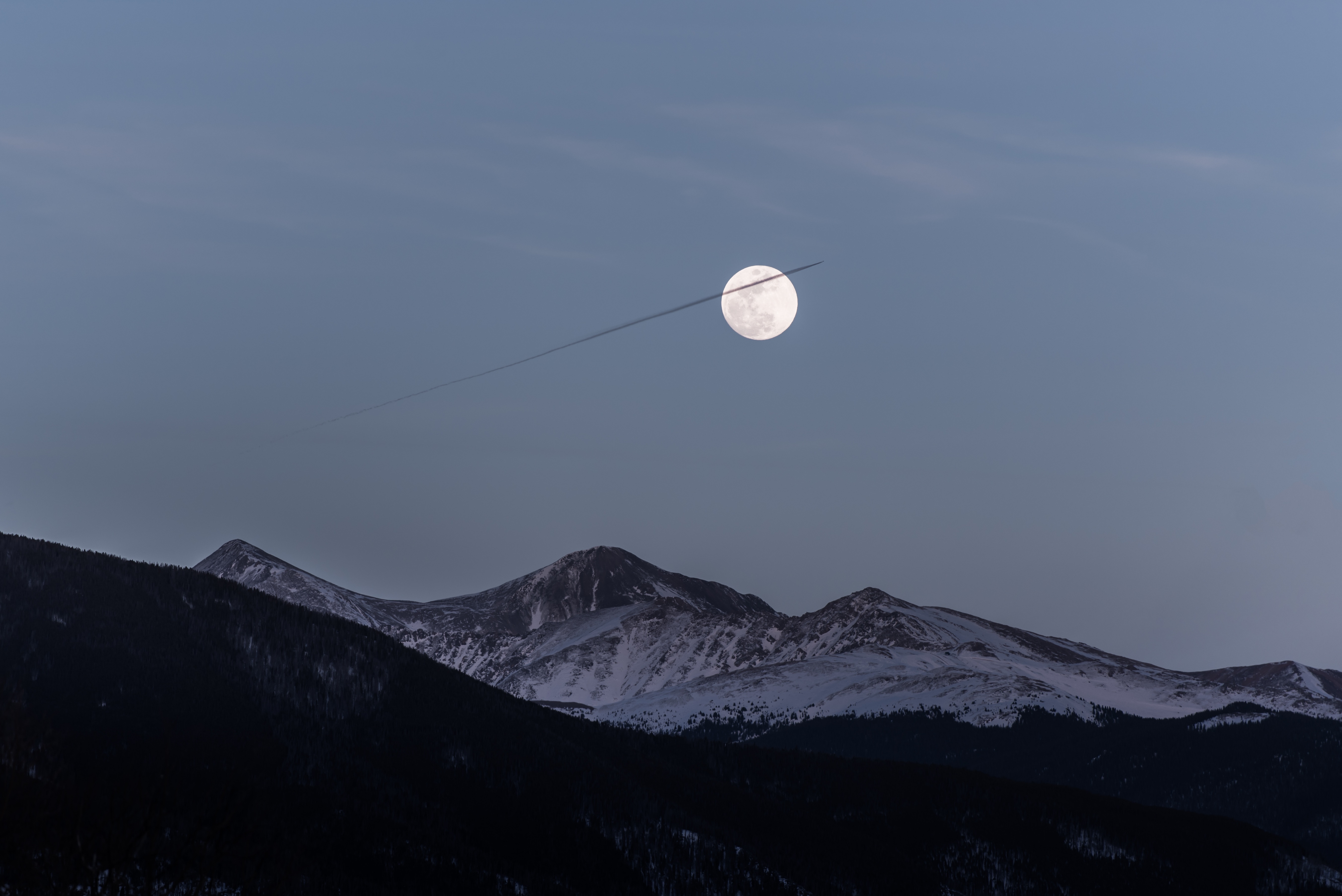
09 Jan Board Members and Donor Stewardship
By David Allen, Development for Conservation
When I ask land trust Board members to name the individual donor or family who has contributed the most over the last five years or so, about four of five can answer correctly. (I typically exclude land donors.) If I restrict the request to non-Board members, the rate drops a little. And if I ask for the top three or five, the rate drops a lot.
But then I show them a list of the land trust’s top 20 donors (over the most recent five-year period) and ask, “How many of these people have you met or talked with over the past five years?”
The answers are astonishingly low, and for many Board members, it is none.
If I could point to one single change that would make the most difference in organizational fundraising, it would be that Board members should get to know the donors and donors should get to know the Board members.
Let’s underline that and call it doubly important in 2018.
Most people believe that the new tax law will have a significant effect on charitable giving this year (See How Will Tax Reform Affect Donor Giving in the Future?). The land trusts that sail most effectively through uncertain waters are the ones most connected with their donors.
Here are seven things you can do this year that will help:
- Bring a donor file to every Board meeting (See My Favorite Donor Filing System) – Make sure it includes copied correspondence, a complete giving history, and photo. Circulate the file during the meeting such that every Board member gets to glance through it. (And if you don’t have such files, now might be a great time to create them!)
- Take a Board member with you – When you have donor meetings set up, when you will be at an event or field trip where one or several top donors will be present, take a moment to invite a Board member to come along. I would not go so far as to schedule around the Board member, but I would try several Board members before you give up.
- Make Thank You Calls – When one of your top donors makes a new gift this year, of any size, let all Board members know about it. Then ask one of them to make the thank you call.
- Ask Board members to host house parties and field trips – Explicitly and personally invite donors off the top donor list. Ask Board members to follow-up after the event with short notes on special cards.
- Measure your results – Make a list of your Board members to go along with your list of donors. Track the interactions over time such that by the end of the year, every Board member participates at some level and every donor connects with at least one Board member.
- Increase the number of donors on the list over time – Start with whatever you can handle, say 10-20 at least. But add to the list over time to the point that Board members are regularly interacting with 80-100 donors.
- Begin adding in prospective donors – To this point, I have intentionally limited these actions to the current list of top donors. But what about those who might be giving small amounts now, but who are likely to be the top donors next year, or five years from now?
One more thing to keep in mind: It is important that Board members are not simply there, but that they have a specific role to play as well. Ask your Board members to tell a specific story, or to ask a specific question. Perhaps the donor is known to be interested in history or geography or birding. Let that information affect who you invite. You may need to seed these interactions at first, but Board members can give some thought to it as well – perhaps even using clues from something they read in the file.
Fund Development, Donor Cultivation, and Donor Stewardship – these are organizational muscles that get stronger through regular exercise. The more you actually do, the more you will be able to do.
Cheers,
-da
Photo by Nathan Anderson courtesy of Stocksnap.io.



Carol Abrahamzon
Posted at 08:16h, 09 JanuaryThanks for not just a great reminder about donor cultivation but useful tools and tips David!